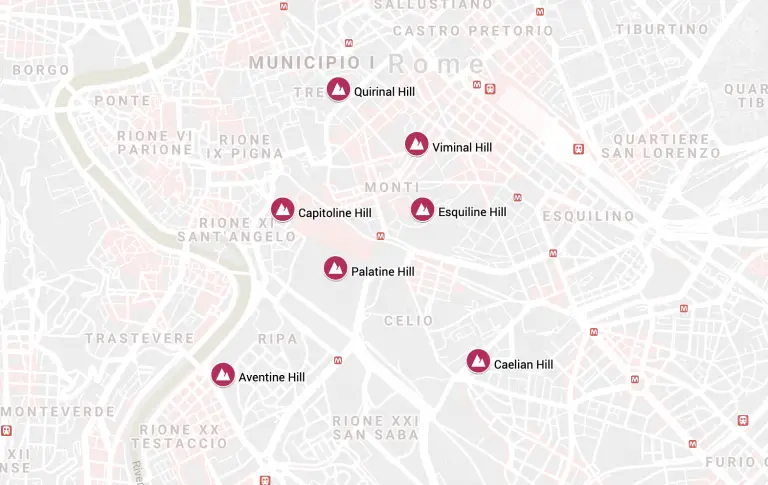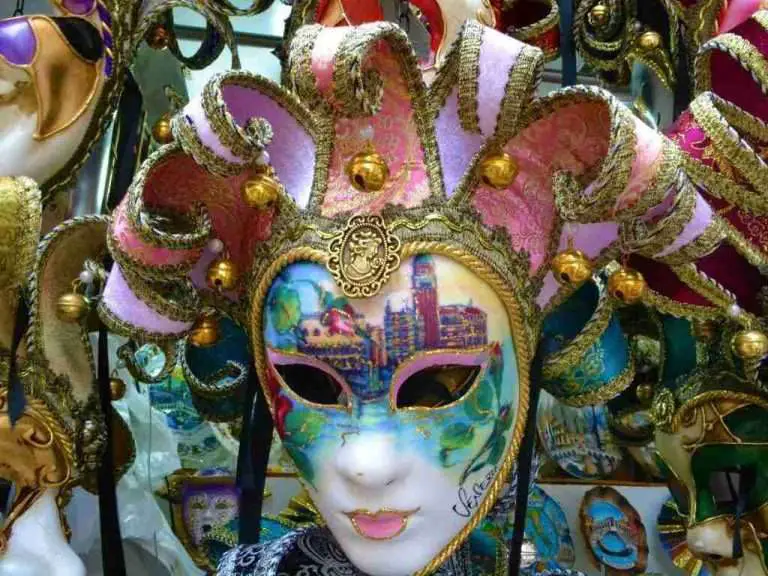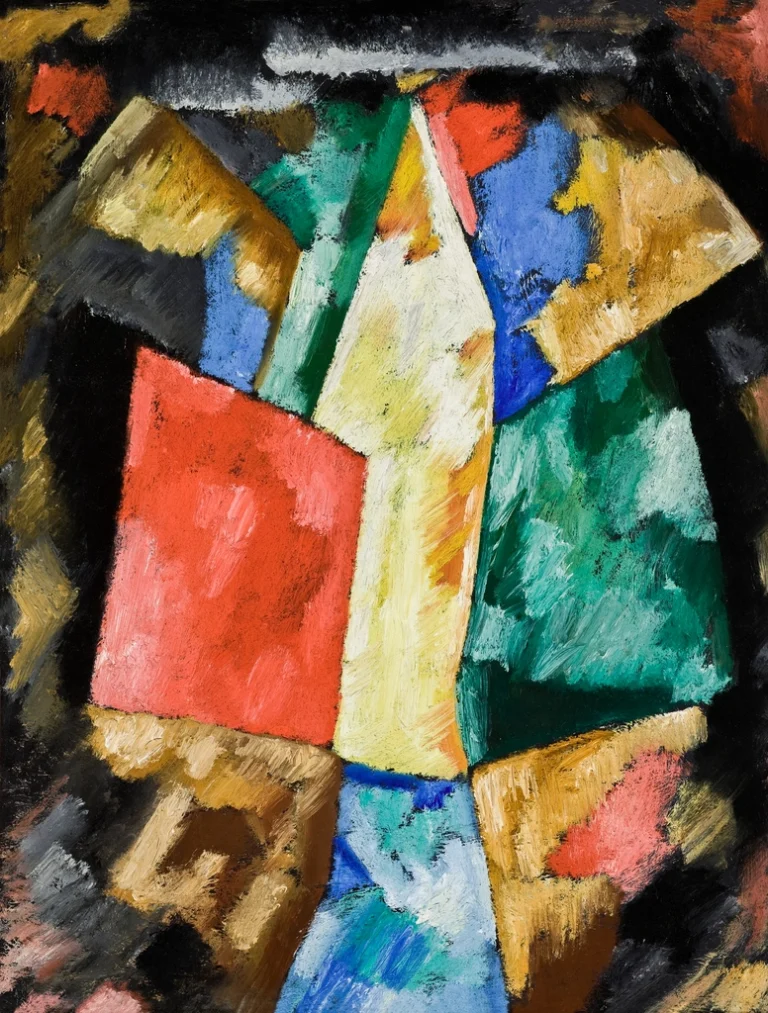
Trying to decide if a travel experience is authentic or not is like trying to separate “travelers” from “tourists.” That debate separates those who travel along class and age lines, with travelers proclaiming their experiences better, richer, more true than those of the tourists. There’s even a famous quote by G.K. Chesterton that delineates these two types of travelers:
“The traveler sees what he sees, the tourist sees what he has come to see.”
Labeling travel experiences as “authentic” works in the same way.
A quick Googling of “authentic Italy” returns 90,400,000 results as of this writing (that’s almost twice the entire current population of Italy) and ranges from recipes (lots of recipes) to group package holidays to farmhouse retreats. I could even find a few bus tours that peddled in the words “real Italy.”
The point is that “authentic” and “real” are buzzwords, especially in these days of online trip advising, when the right words will bring more visitors to your website. (I would say that we writers of the Roundtable are guilty of this with this month’s topic. The term authentic Italy comes up too often for us to ignore it.)
So what does make a trip to Italy authentic? How can you make sure that you are living your best travel life, making all the right moves, and doing as the Romans do? I don’t think you can — and that’s ok!
I’ve traveled through Italy in all sorts of combinations: alone, with American girlfriends, with my boyfriend, with my mother, with Italian friends, with my husband and two kids. I’ve lived here twice, first as an au pair with an Italian family and now with my own Italian-American family. Along the way, I’ve explored the “hidden” villages and backstreets, dined at holes-in-the-wall, and immersed myself in the local culture. I’ve also made a lot of mistakes and eaten at plenty of crappy restaurants. Those things happen even when I’m stateside.
While I haven’t, like a few of my Roundtable colleagues, married an Italian and/or started an inn, I have felt that each of my experiences here have been both touristy and authentic.
Recently I’ve even turned the concept of authentic on its head, as I’ve become a regular at a very touristy pub that’s near where my son takes weekly music lessons. The bartenders – a young Bangladeshi guy who moved to Rome at age six and speaks flawless Italian and two twenty-something Italian guys who run beers and glasses of wine to British, American, Australian, and German tourists all day – seem delighted to see a familiar face each week. Those three are as hospitable and as “authentic” a representation of Rome’s modern demographics as anywhere else in the city. I’m not saying that you’ll have the same experience. But I am saying that authenticity can encompass a lot.
I think one of the problems of expecting authenticity when we travel is that we are wrapping it into a fantasy of what our trip should be. Rows of Tuscan cypresses, singing Venetian gondoliers, and picture-perfect Amalfi Coast sunsets figure into all of our Italian travel dreams at some point. For those who want to delve a little further, there are the Agriturismi (farmhouses) and Airbnbs that allow you to live a little bit more among the locals. But make no mistake: you are in Italy to see things and to feel things that you can’t at home. There is a fantasy. While fantasies can become realities, they dwell in a space that is the opposite of authentic. Like the Chesterton quote above, we are, like tourists, coming to see what we planned to see. “Authentic Italy” is all of that but more.
Travel writer Robert Reid wrote recently, “No one agrees what’s truly ‘authentic’ about a place. But if you’re near fudge or taffy, you’re probably not where it’s at.” While I do believe authenticity is everywhere in Italy, there are definitely ways that you can travel here and miss it.
Huge coach tours that whisk visitors around from place to place to show them what they came to see are not where to find authentic Italy. You have to get down on the ground and do some of the seeing for yourself. Seeing what you see, not just what you came to see. That also means stepping back from the camera viewfinder or iPhone to soak in the atmosphere. Look up, look down, look across the horizon. Try to chat with people, even if you can only muster a “buongiorno” or a “ciao.”
I recently stood in a spot that overlooked the Forum, in the Tabularium that connects the Palazzo dei Conservatori and the Palazzo Nuovo of the Capitoline Museums. It was quiet there until a young tourist walked up next to me and aimed her camera. Click click click click click click click. She did a machine gun burst of photos of the panorama that lay before us then walked away. She’s going to see what she came to see when she gets home and edits all of her photos. I just hoped she took the time to enjoy herself and Rome before she edited out the parts that didn’t fit into the narrative of her trip.

This month the Italy Roundtable is publishing posts on authenticity in conjunction with COSI, another group of Italy-focused writers. If you’ve ever wanted to read a lot of takes on “authentic Italy,” here’s your chance!
Jessica – Where is this “authentic Italy” everyone’s looking for?
Gloria – The odd woman out’s view on “authentic Italy”
Rebecca – Italy Roundtable: Finocchi Rifatti al Pomodoro
Alexandra – Art and Travel: the authenticity of seeing art in person
Kate – On being authenticated
Michelle – Living Authentically: How Italy Forced the Issue
COSI
By Georgette of Girl in Florence
By Pete of Englishman in Italy – How Authentic an Italian are you?
By Rick of Rick’s Rome: The Authentic Italian Culture Debate
By Andrea of Sex, Lies and Nutella: How to be an authentic Italian (in 9 simple steps)
From Married to Italy, The fear of the fake: What “authenticity” means to a foreigner in a strange land
Misty – Surviving in Italy
Gina – The Florence Diaries
Post first published on March 17, 2015






